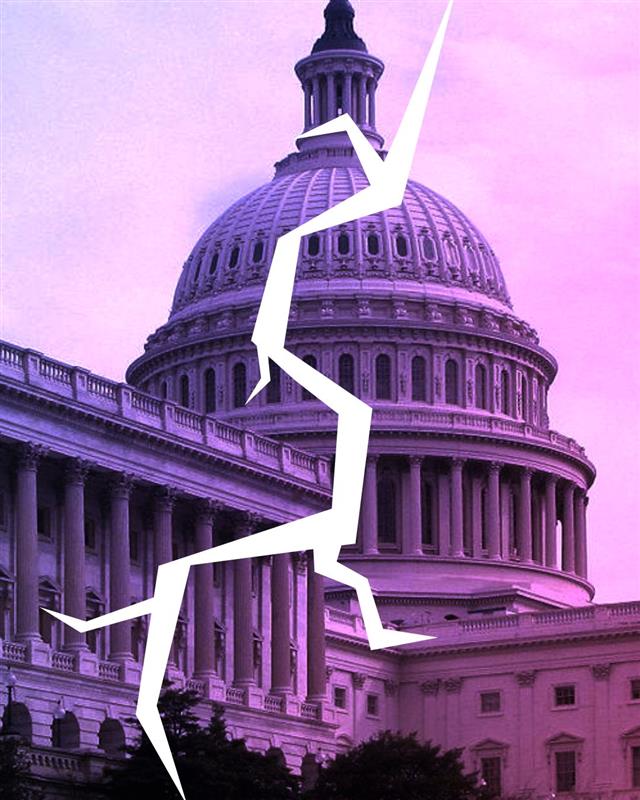The independent voter movement is exploding.
Across the country, a quiet revolution is underway. Every week, thousands of Americans are updating their voter registration—not to join a party, but to leave one. In the 30 states that register voters by party, citizens are increasingly choosing to identify as independent voters, rejecting the binary of Democrat vs. Republican.
This shift is not a blip. It’s a transformation. According to national data, 43% of Americans now identify as independents, making them the largest political cohort in the country. And yet, the political establishment continues to treat them as an afterthought.
The Myth of the “Leaners”
Political analysts and media outlets often try to fit independents into familiar boxes. Gallup, for example, categorizes most independents as “Democrat Leaners” or “Republican Leaners,” implying that they’re just closet partisans. CNN recently introduced a taxonomy dividing independents into five types—from “Democratic Lookalikes” to “Checked Out Voters.” But as John Opdycke, president of Open Primaries, points out, these labels often serve to diminish the significance of independent voters, not clarify it.
Opdycke argues that this kind of categorization is a form of political misdirection—an attempt to atomize and neutralize a movement that doesn’t fit neatly into partisan frameworks. “Don’t be fooled by the categories generated by the smartypants at CNN,” he writes. “They perpetuate the self-serving myth that independents are not truly independent.”
Independents Are Not Monolithic—They’re Modern
So, what is an independent voter? They are not defined by ideology, but by independence of thought. They embrace split-ticket voting, often supporting candidates from different parties in the same election. They may back progressive economic policies and conservative social values—or vice versa. They are pragmatic, diverse, and deeply engaged in shaping a better future.
In many ways, independents have modernized the American Dream. They believe in political freedom—the right to choose leaders based on merit, not party loyalty. They reject the “rip-the-opposition-to-shreds” mentality that dominates our political discourse and instead seek collaboration, innovation, and reform.
The System Isn’t Built for Them
Despite their growing numbers, independents face systemic exclusion. In many states, they are barred from voting in taxpayer-funded primaries. They lack representation on election boards and are often sidelined in debates and campaign finance structures. As Opdycke notes, “Every aspect of politics—campaign finance, debates, and election administration—was created by Democrats and Republicans for the benefit of Democrats and Republicans.”
This exclusion is not just unfair—it’s undemocratic. With 10,000 Americans registering as independents every week, the system must evolve to reflect the reality of modern voters.
A New Political Era
Fortunately, change is coming. Organizations like the Independent Center, Unite America, and the ASU Center for an Independent and Sustainable Democracy are working to elevate the voices of independents. Reform-minded candidates such as Rob Sand (Iowa), Dan Osborn (Nebraska), Rick Bennett (Maine), and Mike Duggan (Michigan) are embracing the independent ethos and offering voters a new path forward.
The rise of independent voters is not a trend—it’s a movement. It’s a rejection of outdated political structures and a call for a more inclusive, responsive democracy.
Independent voters are not a myth. They are the future.
They are redefining what it means to be American, embracing split-ticket voting, and modernizing the American Dream. It’s time our political system caught up.



%201.jpg)

